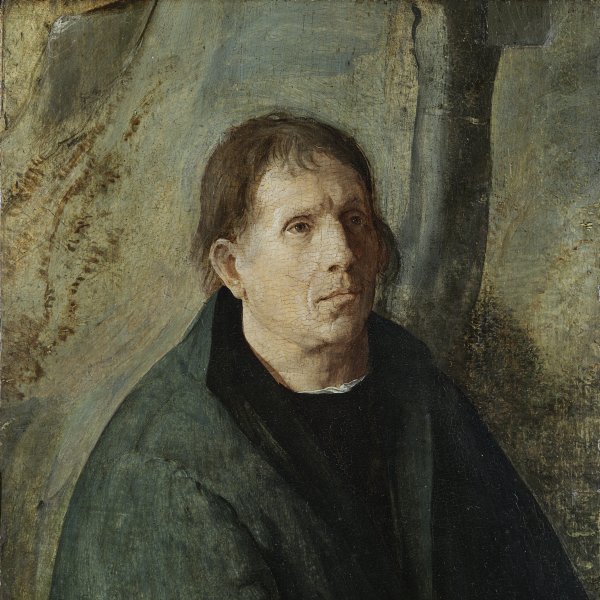Aertgen van Leyden
Leiden, 1498-1564
This artist was also known as Aert Claesz. Most of our information about his life and work derives from Karel van Mander who stated that Aertgen continued the family tradition, initially working in his father’s weaving workshop. In 1516 he became an apprentice to Cornelis Engebrechtsz. His work reveals numerous influences including that of his teacher Jan Wellens de Cock, Baldung Grien and the members of the Danube School, as well as Lucas van Leyden, Jan van Scorel and finally, Maerten van Heemskerck and Frans Floris. It is thought that he may have travelled to the south of Germany no later than 1530. The eclectic nature of his style continues to make attributions difficult and to establish his artistic chronology. The civil registers in Leyden confirm that an artist named Aert Claesz. was working in the city between 1521 and 1564. Van Mander notes that the artist produced hundreds of designs for stained glass and lists some of his works. One of them, The Last Judgement (Musée des Beaux-Arts, Valenciennes), is a triptych commissioned by the Montfoort family. It was rediscovered by Boon in 1969 and hence became the most secure attribution and the starting-point for establishing this artist’s work. The paintings related to Aertgen van Leyden have been organised into three groups. The first is a small group associated with The Sermon in the Rijksmuseum, Amsterdam; the second comprises various works associated with The Raising of Lazarus in the same museum; and the third comprises chalk, ink and wash drawings, some of which are designs for stained glass. Despite shared characteristics among these works, experts have not been in unanimous agreement regarding their attribution.





